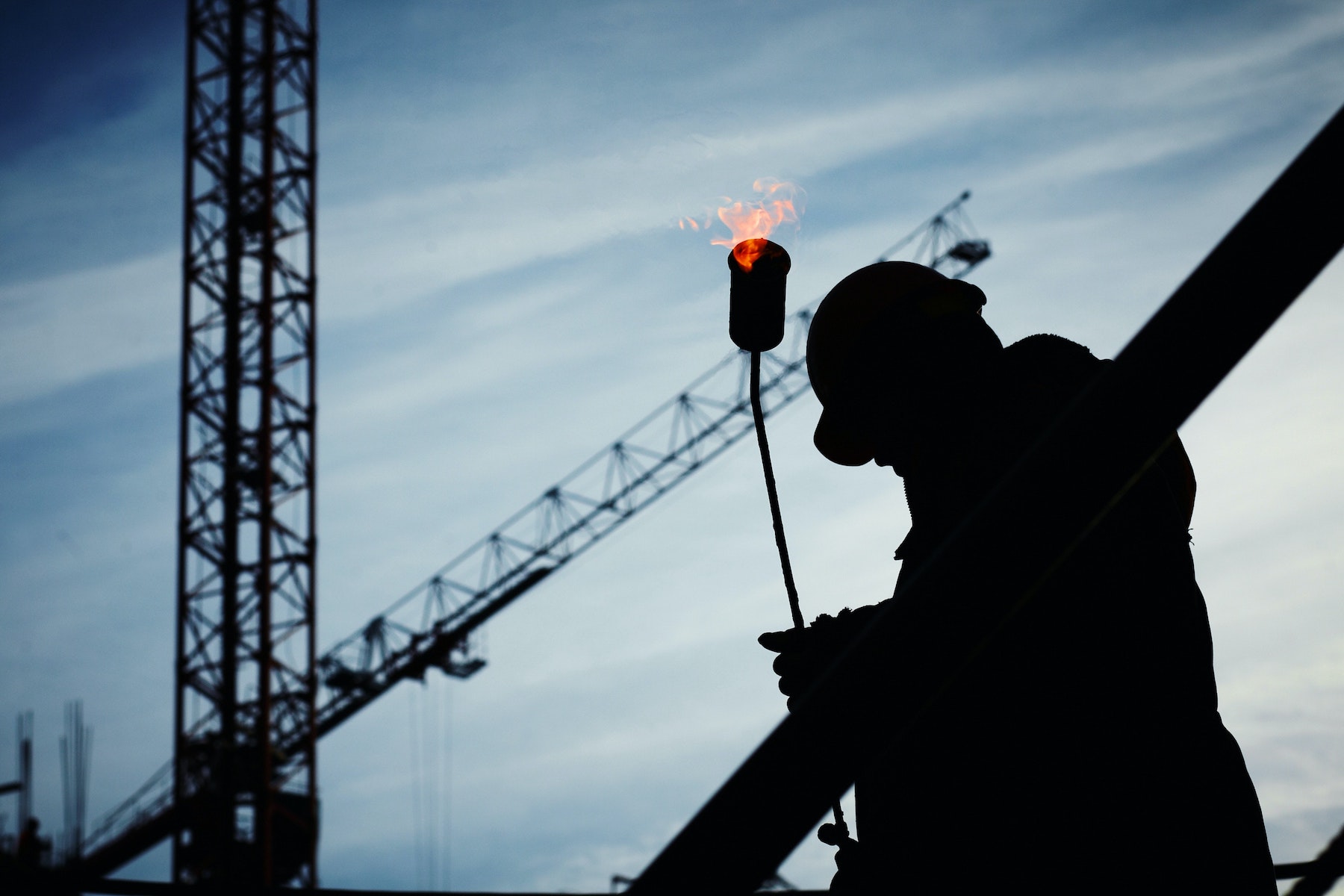New Buildings Institute (NBI) has released the Existing Building Decarbonization Code. NBI bills the document as “a new way for jurisdictions to reduce carbon emissions and meet climate action plan goals and interconnected goals around public health and equity.”
New construction represents less than 2% of building activity in any given year, NBI says, “leaving a vast opportunity to update technologies in the current building stock. By requiring existing buildings to be more energy efficient, cities could cut about 30% of all urban emissions by 2050.”
NBI’s released the Building Decarbonization Code—the first off-the-shelf solution for jurisdictions to transform energy codes into decarbonization codes for new buildings—in February 2020. Expanding on that platform, the Existing Building Decarbonization Code adds provisions for existing buildings covering both residential and commercial buildings, including all-electric and mix-fuel energy use pathways.
The new code provisions have been crafted to match reasonable and effective decarbonization strategies with replacement events. The code outlines strategies to pair key opportunities to decarbonize—including change of occupancy, additions, and alterations—with additional efficiency measures.
The Existing Building Decarbonization Code also incorporates trigger events and solutions for the inclusion of grid integration measures including renewable energy production, electric vehicles, and battery storage.
Related Stories
| Aug 11, 2010
Thom Mayne unveils 'floating cube' design for the Perot Museum of Nature and Science in Dallas
Calling it a “living educational tool featuring architecture inspired by nature and science,” Pritzker Prize Laureate Thom Mayne and leaders from the Museum of Nature & Science unveiled the schematic designs and building model for the Perot Museum of Nature & Science at Victory Park. Groundbreaking on the approximately $185 million project will be held later this fall, and the Museum is expected to open by early 2013.
| Aug 11, 2010
American Concrete Institute forms technical committee on BIM for concrete structures
The American Concrete Institute (ACI) announces the formation of a new technical committee on Building Information Modeling (BIM) of Concrete Structures.
| Aug 11, 2010
Former Colorado Governor Bill Owens retained by PCL Construction as senior advisor
Bill Owens, former Colorado Governor, has been retained by PCL Construction as senior advisor for the company’s U.S. operations, headquartered in Denver, Colorado. The PCL family of companies collectively form the seventh largest contracting organization in the U.S. with major offices in 29 locations across North America, the Hawaiian Islands, and the Caribbean.
| Aug 11, 2010
10 tips for mitigating influenza in buildings
Adopting simple, common-sense measures and proper maintenance protocols can help mitigate the spread of influenza in buildings. In addition, there are system upgrades that can be performed to further mitigate risks. Trane Commercial Systems offers 10 tips to consider during the cold and flu season.
| Aug 11, 2010
Reed Construction Data files corporate espionage lawsuit against McGraw-Hill Construction Dodge
Reed Construction Data (RCD), a leading construction information provider and a wholly-owned subsidiary of Reed Elsevier (NYSE:RUK, NYSE:ENL), today filed suit in federal court against McGraw-Hill Construction Dodge, a unit of The McGraw-Hill Companies, Inc. (NYSE:MHP). The suit charges that Dodge has unlawfully accessed confidential and trade secret information from RCD since 2002 by using a series of fake companies to pose as RCD customers.
| Aug 11, 2010
NAVFAC releases guidelines for sustainable reconstruction of Navy facilities
The guidelines provide specific guidance for installation commanders, assessment teams, estimators, programmers and building designers for identifying the sustainable opportunities, synergies, strategies, features and benefits for improving installations following a disaster instead of simply repairing or replacing them as they were prior to the disaster.







